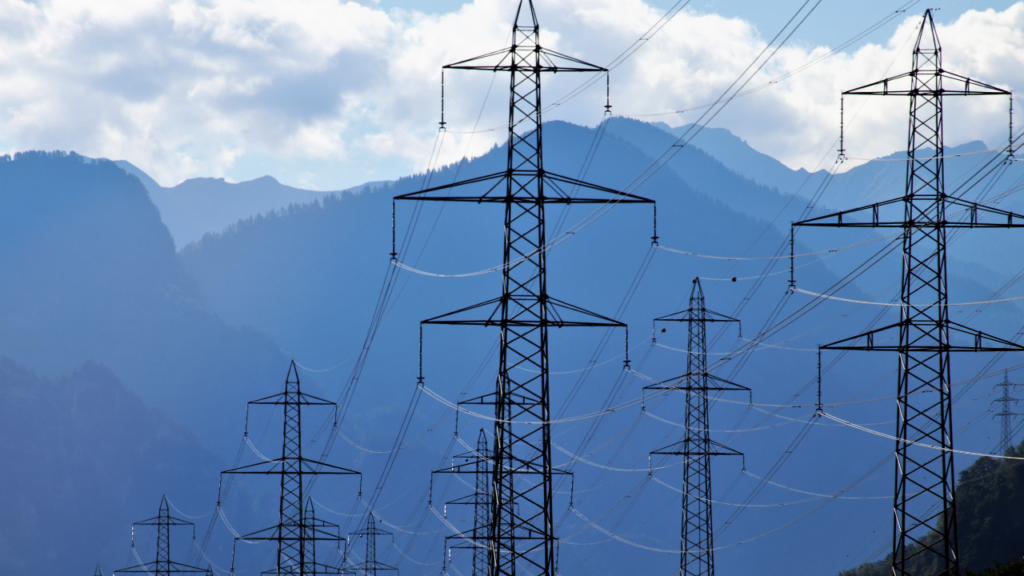An exposé from the Wall Street Journal reported recently that legacy telecom cables covered in lead and belonging to AT&T, Verizon, and others have degraded and contaminated locations across the country.

Impact: The investigative report found at least 2,000 old cables, used in both overhead and buried lines and dating as far back as the late 19th century up until telephone companies stopped using lead in cables in 1964, have contaminated air, water, and soil in locations where people live, work, and play. The cables belonged to American Telephone & Telegraph, the original Bell Telephone company, which has long since been broken up into smaller successor companies like AT&T, Verizon, and Lumen.
Not only did the publication collect public records and consult experts in lead contamination, it went so far as to hire divers to look at underwater sites and test samples with independent laboratories. Some of the locations tested yielded lead levels in sediment and soil more than 14.5x higher than what the EPA allows in areas where children play. The article indicates that the long-standing effort by the federal government to remove lead from everyday use, including in paint, gas, and pipes, may have overlooked the danger of lead in overhead, underground, and underwater telecommunications wiring, where it was used for decades as insulation wrapping bundles of copper wires.
The article also included evidence that the phone companies knew they had a problem with lead cables but didn’t act on it, which has the potential to elevate the issue to an even more serious new level. Already there’s speculation from at least one Wall Street analyst about the potential for Congressional hearings and federal investigations that could include the FCC, OSHA, and the EPA. The settlement of a lawsuit in California where AT&T agreed to replace underwater lead cables without admitting any wrongdoing apparently drew the WSJ’s attention to the issue and led to the nationwide investigation.
AT&T and Verizon both responded to the WSJ report with statements acknowledging the serious nature of the allegations amid concerns about the impact on employees, customers, and communities in which they operate. Both companies have previously acknowledged their long-standing use of lead-sheathed cables, but the question appears to be whether that lead has resulted in environmental contamination. A statement from AT&T in a 2010 presentation said that in some older metro areas the company’s cables might be at least 50% lead-sheathed, meaning any move to eliminate all legacy cabling with lead will likely result in a significant financial impact to the telcos as well.
Verizon’s statement said the company took the allegations very seriously and indicated it would conduct its own tests on some of the sites where the independent testing found contamination. But AT&T’s statement was much more combative, stating that the WSJ reporting “conflicts not only with what independent experts and long-standing science have stated about the safety of lead-clad telecom cables but also our own testing.” If AT&T maintains the position outlined in this statement, it will likely spend an inordinate amount of effort (and money) trying to refute the Journal’s report.
Because there’s not a lot of clarity about who explicitly owns much of the lead cabling, the whole thing could get very messy. There’s no open and shut case to determine which telecom provider(s) should have to pay for potential remediation efforts. That’s because it’s not entirely clear which agency or level of government (federal, state, and/or local) has the appropriate regulatory authority to determine who owns the cables and demand that remediation take place. If the proper authorities can sort out all those factors and determine which company or companies bear responsibility, New Street Research analyst Blair Levin said telecom providers could “face significant financial exposure down the road that the market has not anticipated.” And that doesn’t even address the potential threat of private lawsuits about the exposure if the companies do end up being found liable for the contamination. Cable broadband providers are likely watching all of this with interest, considering that most of their plant was built after 1964 and unlikely to be affected by the headache facing competitors.
